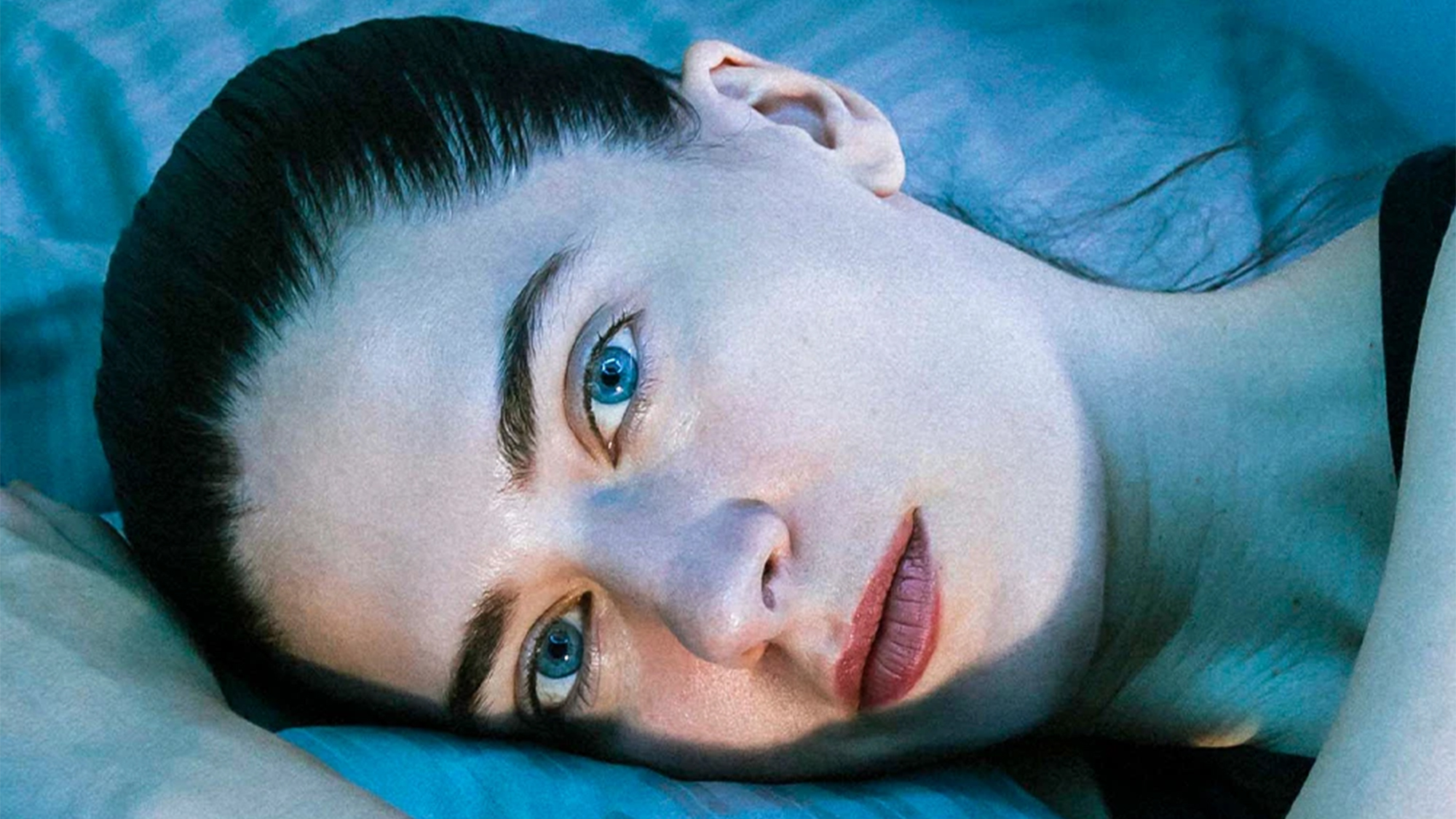
If and Only If, 2018
HD video and separate 4.0 sound installation, color, 9'47''
The snail is the focus of attention in the film If and Only If (2018), in which the camera scrutinizes its slow progression - a kind of paradoxical road movie - from the bottom to the top of musician Gérard Caussé's bow, as he performs Igor Stravinsky's Elegy for solo viola.
Composed as a two-part polyphony, this piece is shorter - around 5 minutes - than the film's total running time of 9 minutes and 47 seconds. So, while the musician was forced to adapt his performance to accommodate the presence of the gastropod, the artist was forced to adapt the music itself to keep pace with the movement, so as not to risk interrupting it before the ascent was complete; this was done by at times dissociating the two voices of the piece in order to lengthen its duration. One of the main consequences of this is that the music here is not an illustrator or accompaniment to the action, but the very consequence of the action taking place in the film, which is presented in cinemascope format, accentuating the fictional effect of a very real event.
Frédéric Bonnet
Courtesy Marian Goodman Gallery and Galerie Chantal Crousel, Paris
Anri Sala
Born in 1974 in Tirana
Lives and works in Berlin
Anri Sala grew up in Albania under the Communist regime, studying at the Fine Arts School in Tirana (1992-1996) as the country was awakening to democracy. With Edi Rama, Albania's current Prime Minister, as his teacher, he left for Paris, continuing his studies at the Arts Décoratifs before joining the fledgling Fresnoy school. His early works make frequent reference to the political evolution of his country. As early as 2001, he was awarded the Silver Lion at the Venice Biennale for a promising artist. In 2013, he represented France at the Biennale with Ravel, Ravel, a video installation that plays on the gaps between two performances of the Concerto for the Left Hand.
Anri Sala, who learned to play the violin as a child, often uses music to help us perceive the different dimensions of time. Around a disused modernist building where the band once played, The Clash (2010) features different interpretations (from the building, a barrel organ, a music box) of "Should I stay or shoud I go". In 1395 Days without Red (2011), a woman drives through Sarajevo in the shadow of snipers on her way to a rehearsal of the city's Philharmonic Orchestra, and the stress of the journey disturbs the tempo of her humming of Tchaikovsky's Pathétique .
Time No Longer (2021) crosses two destinies. Henri Akoka, a French clarinettist and Algerian Jew, was detained by the Nazis along with Messian. He played the solo from his Quartet for the End of Time just once, on January 15, 1941, in front of guards and a few prisoners. In the video, the sound of a clarinet alternates, then mingles, with a saxophone, a tribute to Ronald McNair, the African-American astronaut and saxophonist who had planned to record in space, but fell victim to the explosion of the American space shuttle in 1986.
Often installation-based, Anri Sala's pieces involve both hearing and seeing, and even our entire body in its relationship to space and time. They instill ruptures and shifts that force our attention and stimulate our perceptions. While video installation is her preferred medium, the artist also expresses herself through other media, including drawing.
Other artists
Huisse-01.webp)
Felicia Atkinson

Caterina De Nicola

Isabelle Giovacchini
Other artists

Camille Lacroix

Maximilien Urfer




